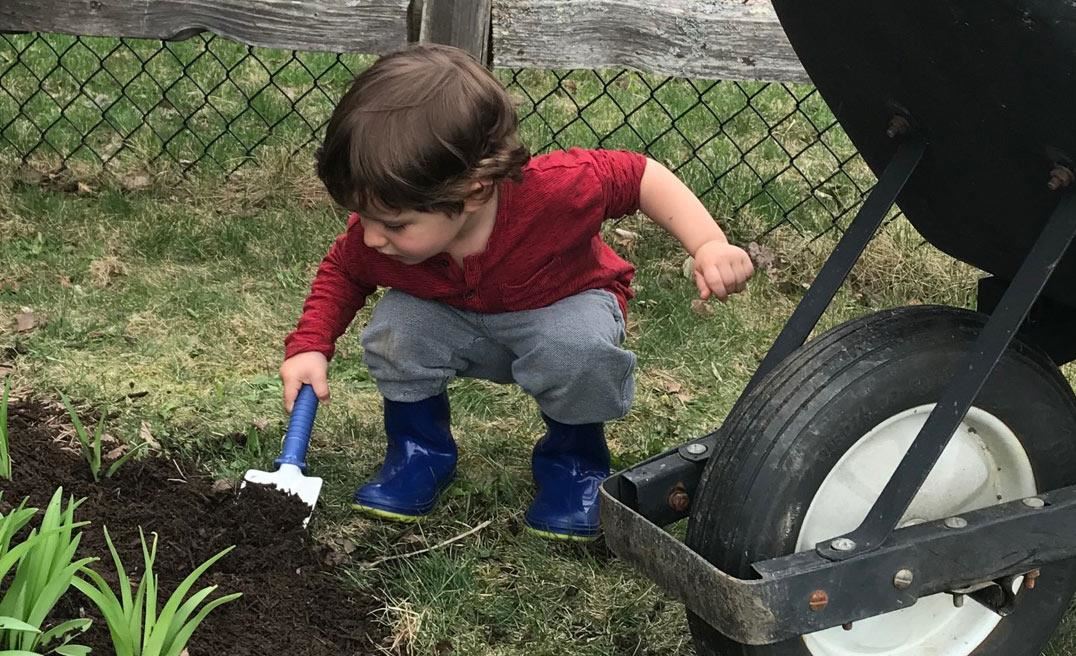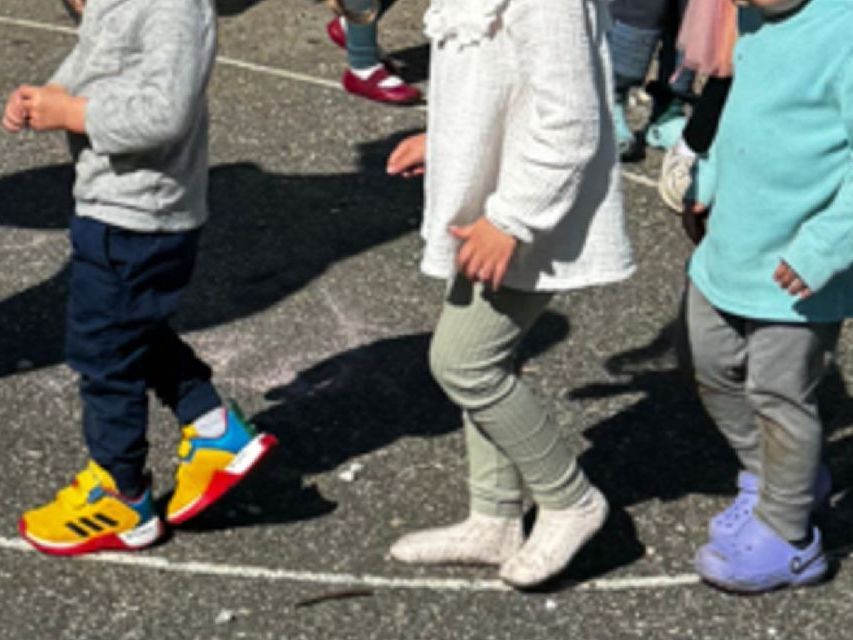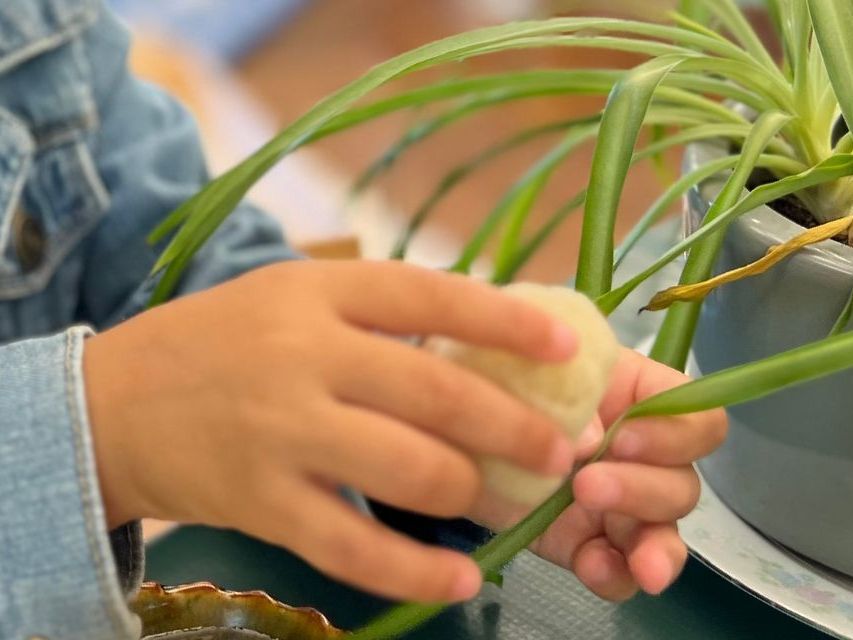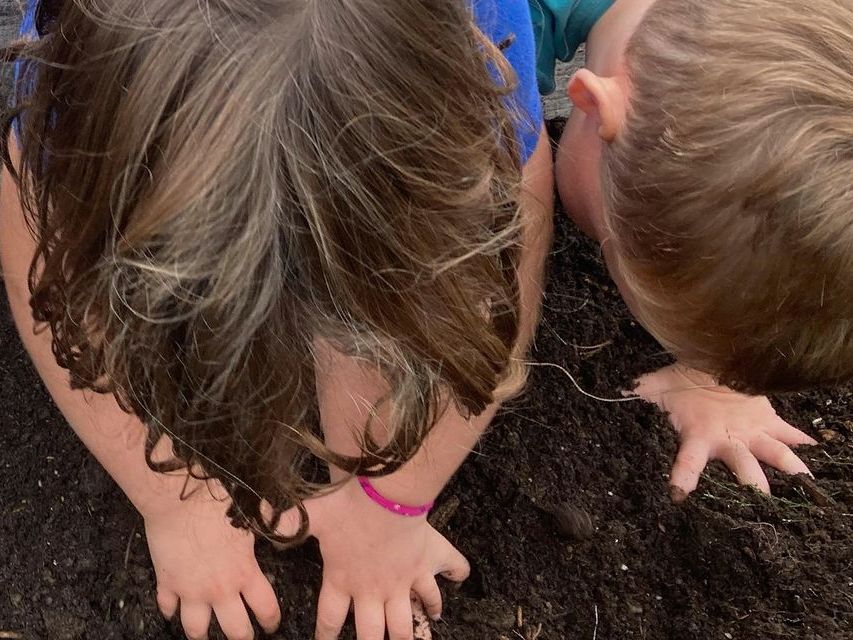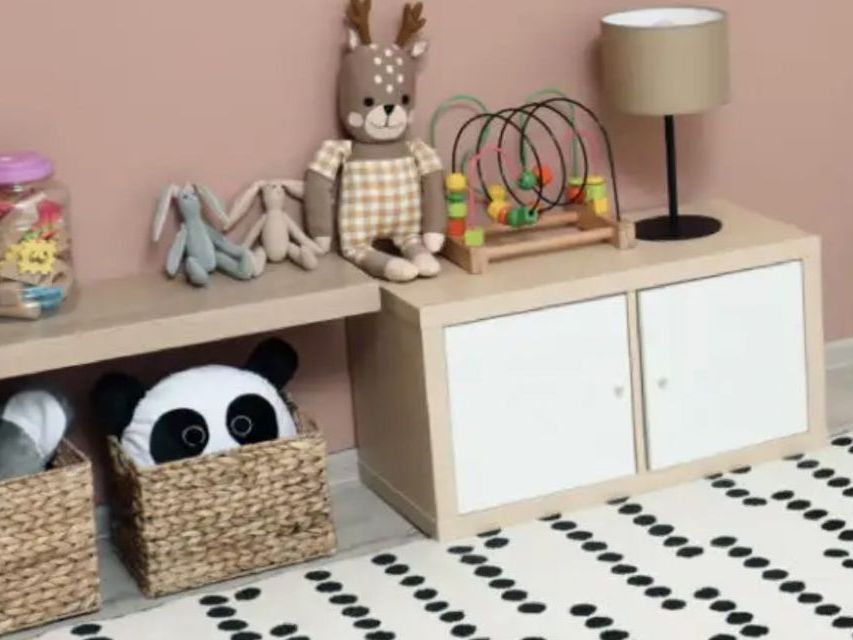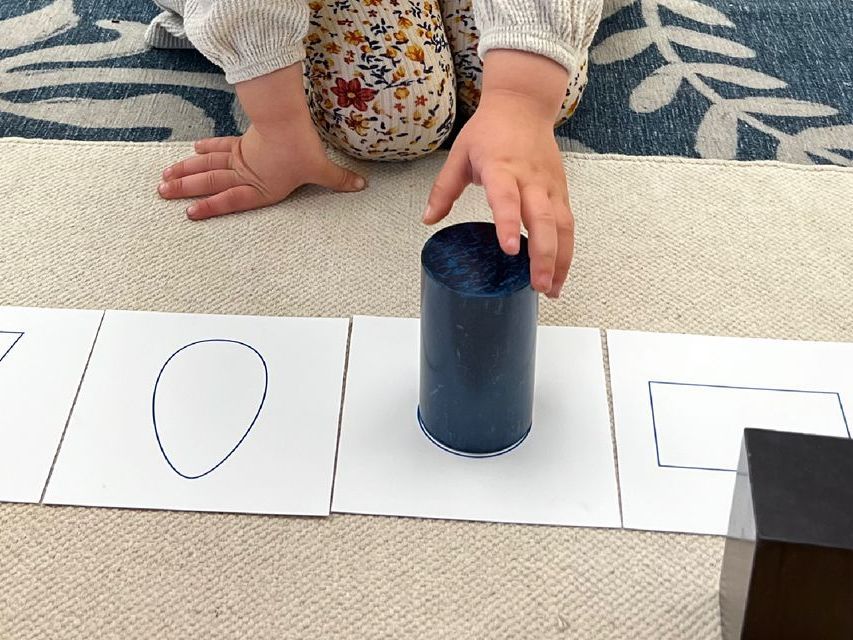Montessori Basics: Respecting the Child as an Autonomous Person
The title of this post may seem a little unnecessary. You may be thinking, “Of course the child is an autonomous person, and of course we respect that!” If you are here reading this, chances are you care deeply about your child’s education, and more importantly, you care about your child as a person. When it comes to parenting, however, our inclinations are often to protect and guide. There is nothing inherently wrong with this (in fact, we can all agree that those are critical tasks), but our good intentions can sometimes get in the way of our child’s individual path.
You’ve probably heard Montessori guides talk about how we “follow the child”. What this means is that we suspend our own assumptions about how things ought to be done and instead observe the child to see what is actually needed and/or what the child wants. Sometimes we forget that children are capable of doing more than we realize, or that they have interests that are vastly different than our own.
We want to show our children that we trust them. We trust them to learn, to do things for themselves and for others, and we trust that they know what they need.
What does this look like in the classroom?
As a teacher, especially if one is trained in traditional methods prior to discovering Montessori, there is a sense that we are obligated to engage with the child at all times. Our society leads us to believe that stepping back and allowing the child to work without us must mean that we are not doing our jobs.
Dr. Montessori, however, had other ideas. She said, “The greatest sign of success for a teacher is to be able to say, ‘The children are now working as if I did not exist.’”
We want to guide the children in such a way that they are eventually able to direct their own learning. Our job is to present new material in a way that drives curiosity rather than conveying ready-made answers. We want to create a classroom environment that supports children in every stage of development to do as much for themselves as they are capable of doing.
When a child doesn’t need us, we consider that a win. Of course, as they grow they will need help in other ways, but the long-term goal is to gently help them reach their potential as they work toward adulthood. We want them to trust themselves and their abilities, so we show them that we trust them.
Some examples of honoring a child’s independence in a Montessori classroom:
- Open shelves at an appropriate height for the children using them.
- Real (not toy), child-sized cleaning supplies like dustpans, brushes, sponges, buckets, and mops.
- Clearly defined spaces to store personal belongings on hooks and shelves that the child can easily access.
- Freedom to use the restroom whenever the need arises, without having to ask permission.
- Snacks and water available to serve oneself whenever the child feels hungry.
- Freedom to choose work that feels important and meaningful.
- Freedom of movement; children may sit wherever and with whomever they like.
- Work occurring at an individual pace. Children are not expected to all learn the same thing at the same time, but rather progress through skills at a pace that is right for them as individuals.
- Children using materials that are not typically seen in other settings: glass cups and containers, knives for cutting, and so forth.
What might this look like for families
Some moments to consider:
- Let your child (even your toddler) choose his or her own clothing. Perhaps you wouldn’t pick the cow-print pants and the polka-dotted dress, but does that make the choice any less valid? Relish in their delightfully unique sense of style! It’s okay to set some parameters; for example, requiring pants instead of shorts on a cold winter day is perfectly reasonable.
- Show your child how to do something rather than just demanding it be done. Remember, even if you have shown something once (or even five times), learning requires repetition. For example, instead of telling your six-year-old to make his bed, give him a short lesson on how to do so.
- Consider your child’s physical autonomy. Don’t force her to hug and kiss relatives if she is uncomfortable. Talk to your child about how we are all in charge of our own bodies, and that she has the right to say no (even to you!) if she does not want physical affection.
- Make sure your child has access to toys and supplies around the house. This might mean having a low shelf in the kitchen stocked with his own bowls, cups, utensils, and even snacks. A designated area in the refrigerator could hold a small pitcher of water, milk, or juice for the child to pour independently. A small dustpan and a basket of rags should be accessible to allow him the ability to clean up his own messes. You will be surprised at how often your child will be motivated to take care of himself rather than asking you to get or do things for him.
- Create routines. If your child knows that in the morning she is to use the toilet, wash her hands, brush her teeth and hair, and get dressed, then she knows what to expect every single day. Support her with reminders as long as she needs them. Some families find a visual reminder helpful - a small note can have a list with words or pictures to keep your child on track.
- When the urge to intervene strikes, remind yourself to pause and observe. When we see our children struggle, it’s natural to want to help, but jumping in and fixing their problems all the time does little to convey that we trust they can do it for themselves. If you see their frustration building, try saying, “I’ll be over here if you need anything.” They will ask if they really need you.
Questions? Interested in seeing one of our classrooms in person? Contact us today. We would be happy to help!


